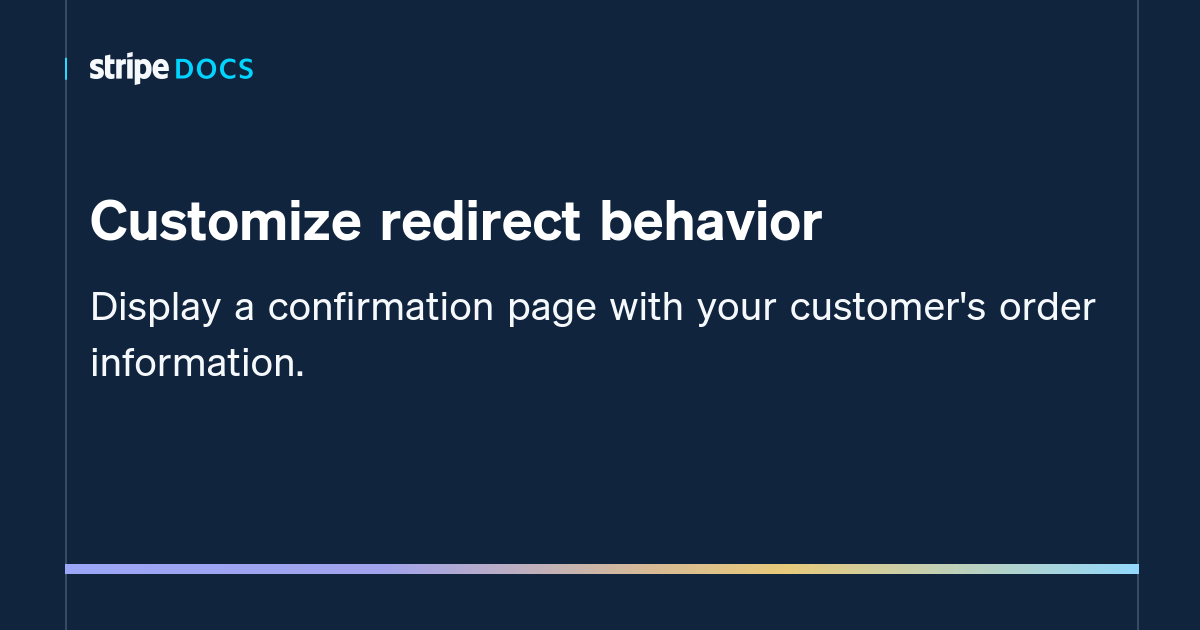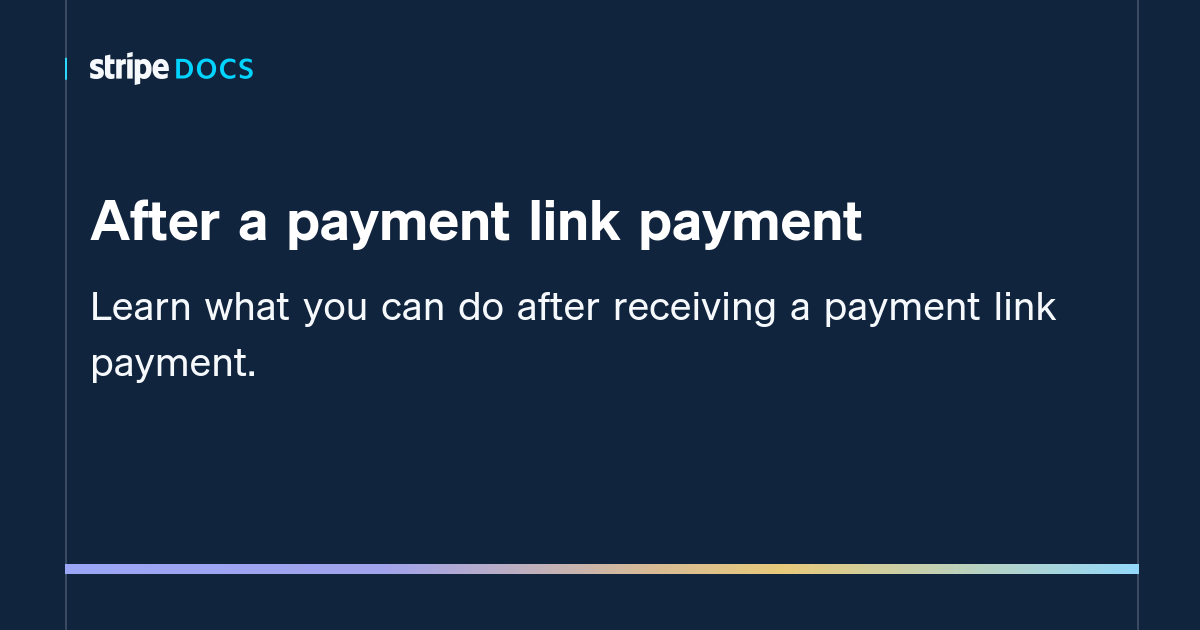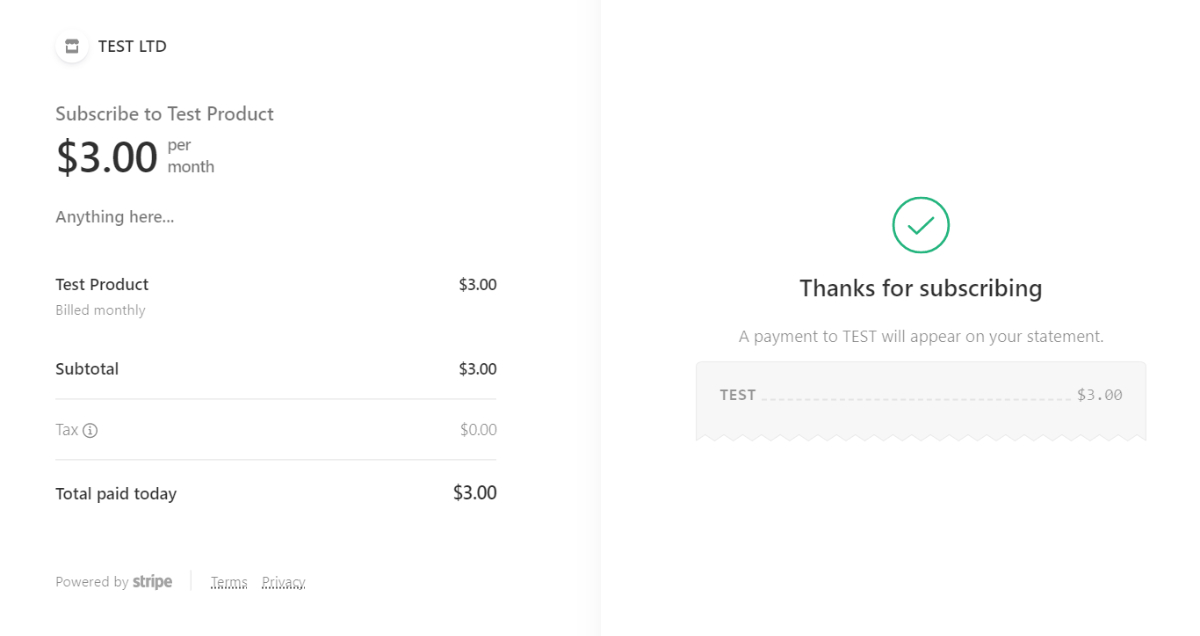Introduction to Stripe and Payment Redirects
In today’s digital marketplace, ensuring a smooth and secure payment process is essential for e-commerce success. Stripe has emerged as one of the leading payment processing platforms in the USA, offering various features to facilitate seamless transactions. One such feature is the redirect after a successful payment, which not only enhances user experience but also plays a crucial role in conversion rates.
This article will explore everything you need to know about Stripe redirect after successful payment, including its significance, implementation methods, best practices, pros and cons, and much more.
Understanding Stripe’s Payment Process
Stripe allows businesses to accept online payments and provides an array of tools to manage them effectively. When a customer makes a purchase, they enter their payment details, which Stripe processes. The next step, the redirect after payment, is crucial for directing customers to the appropriate page post-transaction.
Why Redirect After Successful Payment?
Redirecting users after a successful payment is vital for several reasons:
- It provides confirmation of a successful transaction.
- It directs users to a thank-you page or receipt.
- Enhances user experience and builds trust.
- Allows businesses to collect data on user behavior post-payment.
How Stripe Redirect Works
The redirect process in Stripe typically involves two main phases: the client-side payment submission and the server-side response handling. Here, we’ll outline how this process works in detail.

Client-Side Payment Submission
When a customer fills out their payment details, a request is sent to Stripe’s servers. After processing the transaction, Stripe responds with the transaction outcome.
Server-Side Response Handling
Depending on the outcome, the server will redirect the user to a predefined URL. This could be a confirmation page, a receipt page, or an order summary page.

Example Code Snippet
// Sample code to handle Stripe redirect after payment
const stripe = require('stripe')('your-secret-key');
app.post('/create-checkout-session', async (req, res) => {
const session = await stripe.checkout.sessions.create({
payment_method_types: ['card'],
line_items: [
{
price_data: {
currency: 'usd',
product_data: {
name: 'T-shirt',
},
unit_amount: 2000,
},
quantity: 1,
},
],
mode: 'payment',
success_url: 'https://your-domain.com/success',
cancel_url: 'https://your-domain.com/cancel',
});
res.json({ id: session.id });
});
Best Practices for Implementing Stripe Redirect
Proper implementation of the redirect feature can significantly impact user satisfaction. Here are some best practices to consider:

1. Clear Confirmation Messages
Ensure that the confirmation page clearly states that the payment was successful. Include relevant information such as order details, tracking information, and customer support contact details.
2. Customizing Redirect URLs
Customize the success and failure URLs to suit your business’s branding, ensuring a consistent user experience.

3. Fast Load Times
Optimize the landing page for speed to reduce wait times. A slow-loading page can frustrate users and lead to drop-offs.
4. Mobile Responsiveness
With a significant number of payments made through mobile devices, ensure your redirect pages are mobile-friendly.

Pros and Cons of Stripe Redirects
Pros
- High level of customization
- Easy integration with e-commerce platforms
- Secure transaction process
- Immediate feedback to customers
Cons
- Requires technical implementation
- Potential for user drop-off if not executed well
- Dependence on internet connectivity for redirection
Comparing Payment Redirect Methods

Comparison Table of Payment Redirection Methods
| Method | Ease of Setup | Customization Options | Security |
|---|---|---|---|
| Stripe Redirect | Easy | High | High |
| PayPal Redirect | Moderate | Medium | High |
| Square Redirect | Easy | Medium | High |
Common Misconceptions About Stripe Redirects
Many users have misconceptions surrounding the use of Stripe for payment redirects. Let’s debunk some of these myths.

Myth 1: Stripe Redirects are Insecure
In reality, Stripe employs top-notch security protocols, ensuring that customer payment information is handled securely throughout the transaction process.
Myth 2: Redirects are Complicated
While some technical knowledge is required, many platforms offer straightforward guides and support to help businesses implement redirects effortlessly.

Local Insights: Stripe in the USA
In the USA, Stripe has gained immense popularity due to its flexibility and ease of use, especially among small to medium enterprises (SMEs). With a focus on enabling local businesses, Stripe provides features that cater specifically to the needs of American merchants.
For instance, many local cafes and retailers have adopted Stripe to facilitate contactless payments, which became essential during the COVID-19 pandemic. This adaptability not only improved their payment processes but also fostered customer loyalty amidst challenging economic conditions.
FAQs
What is Stripe redirect after successful payment?
Stripe redirect after successful payment is a feature that directs customers to a specific URL after a successful transaction, providing confirmation and further details about their order.
How do I set up a redirect URL in Stripe?
To set up a redirect URL in Stripe, use the Stripe API to create a checkout session, where you can specify the success and cancel URLs. These URLs determine where users will be redirected after payment.
Is it possible to customize the redirect page?
Yes, you can fully customize the content and design of your redirect pages to reflect your brand’s identity and enhance user experience.
Are there any risks associated with using Stripe redirects?
The primary risks include potential user drop-off if the redirection is not smooth and technical issues that could arise during implementation. However, these can typically be mitigated with proper planning and testing.